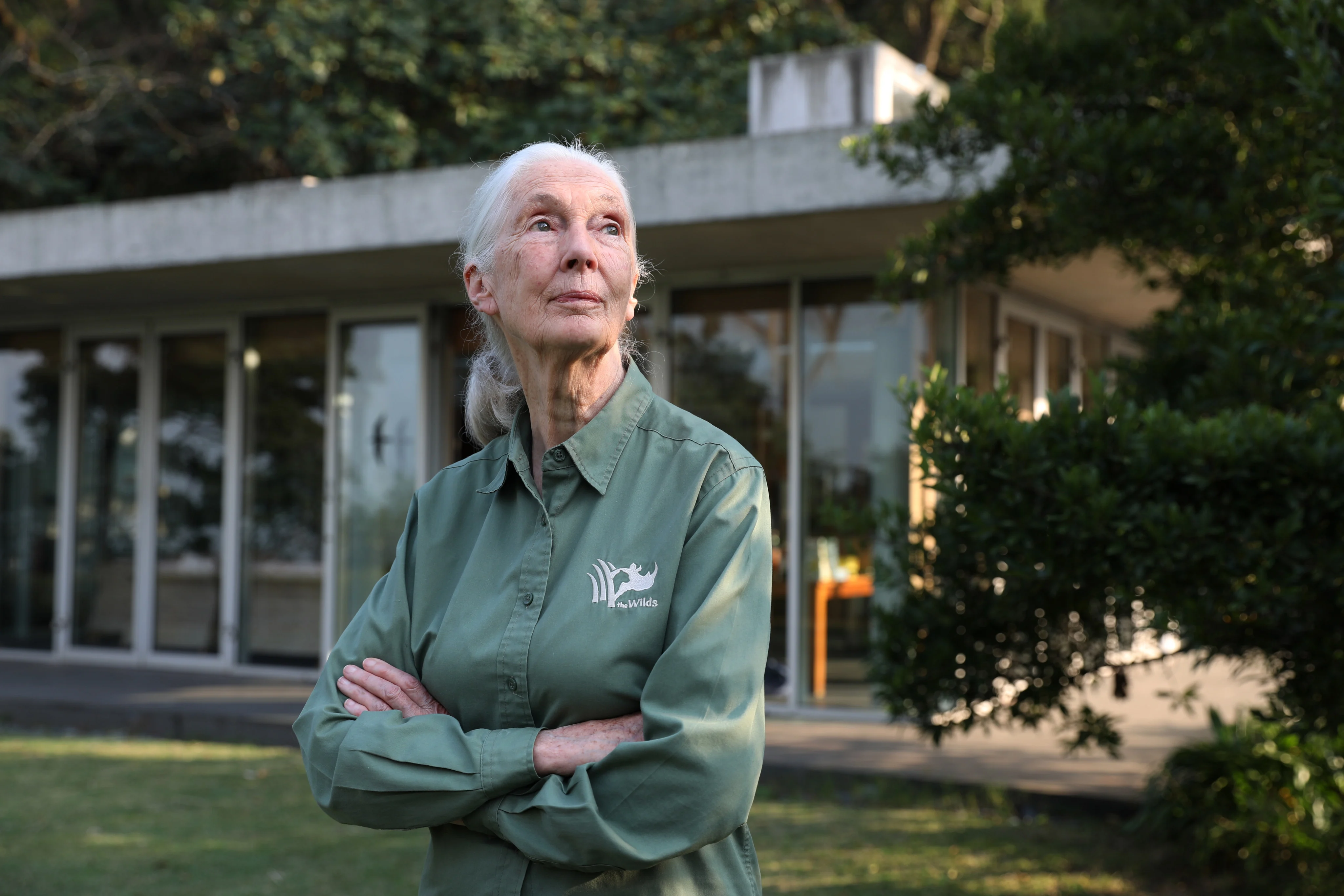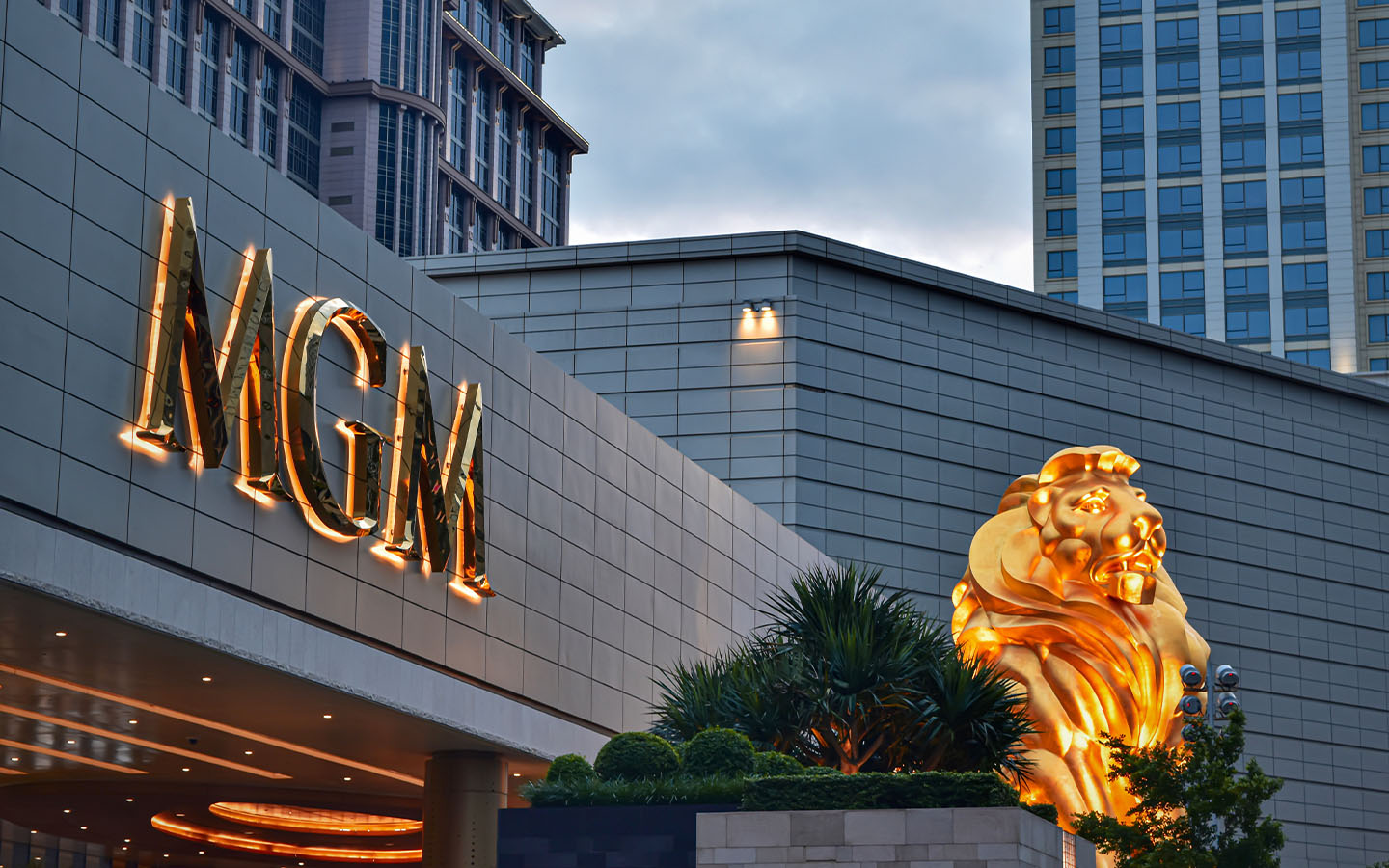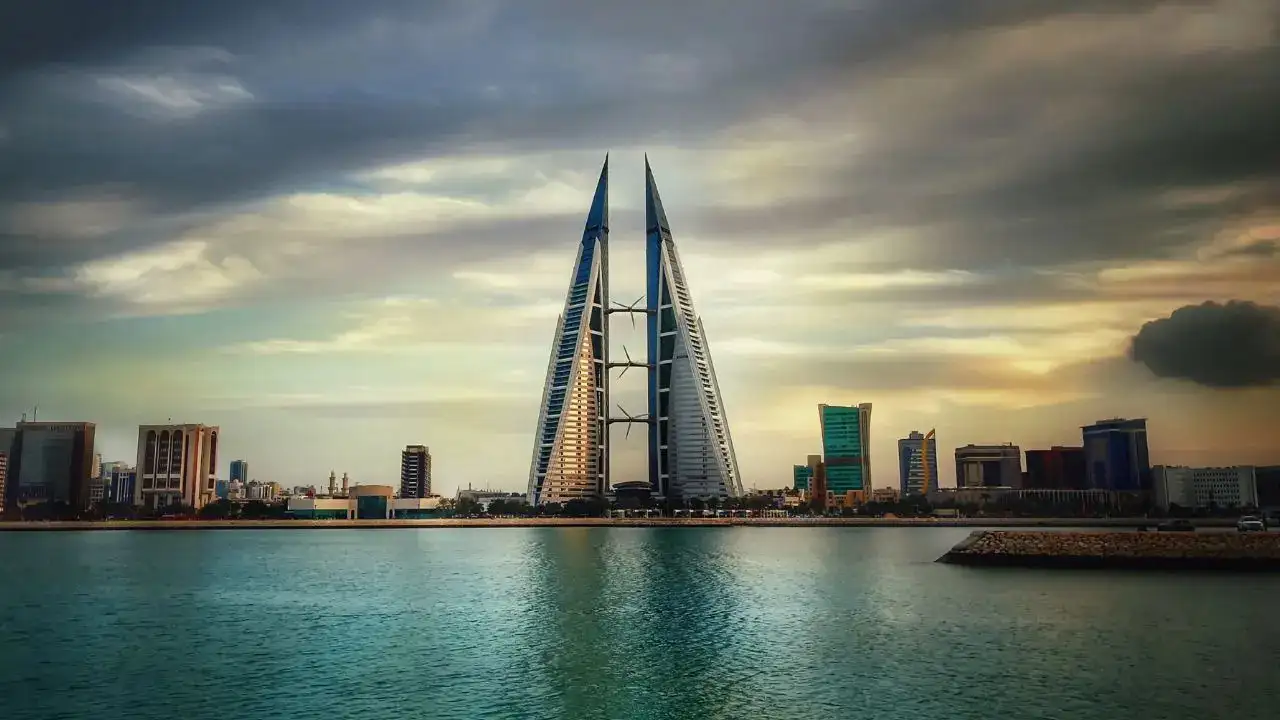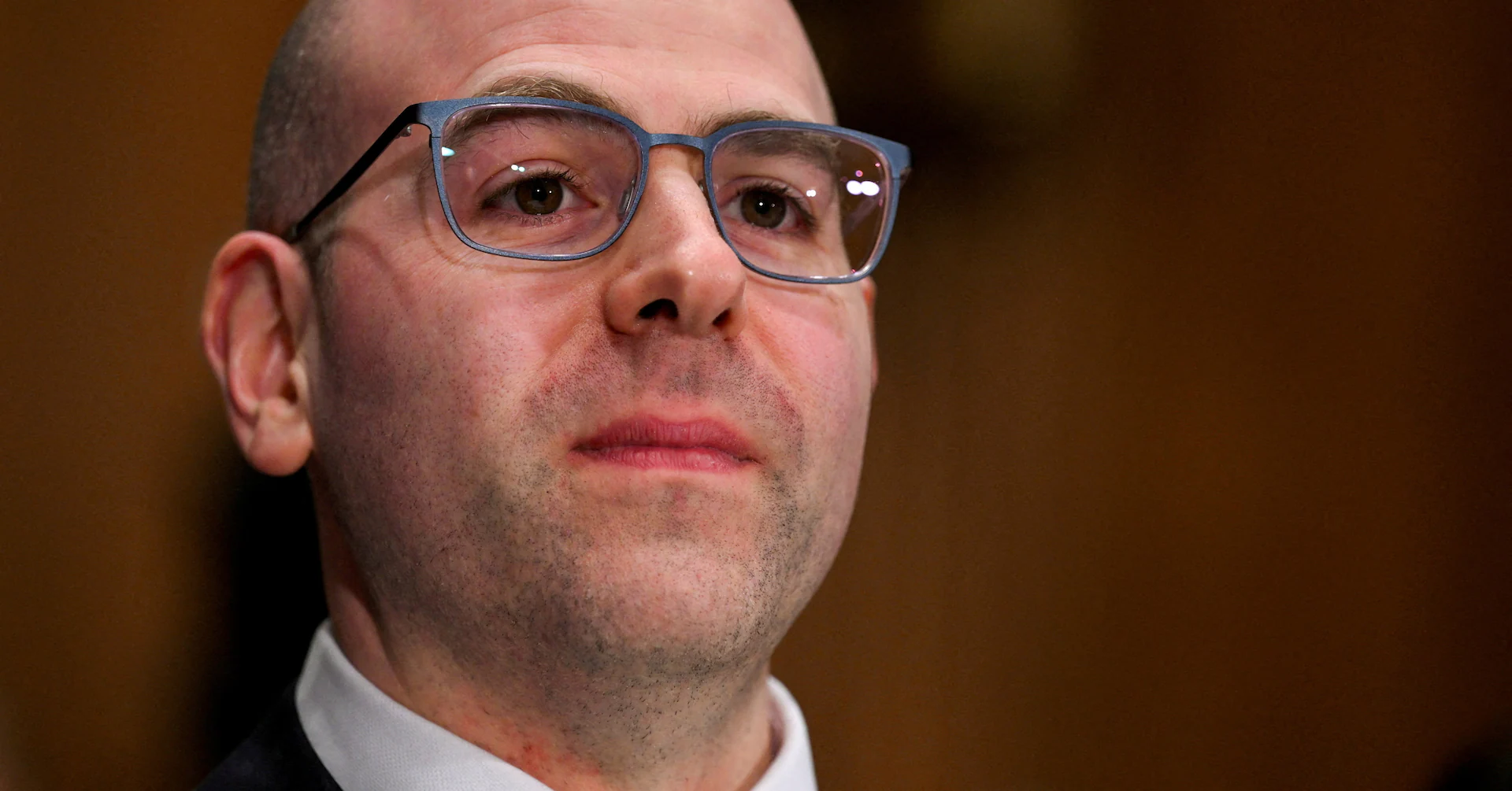By Jess Ma
Copyright scmp

Hong Kong conservationists and researchers have said they will remember the late Jane Goodall as a beacon of hope and a kind figure who genuinely cared about the city’s biodiversity, as they look back on their time spent with the British wildlife advocate.
The iconic ethologist, known for her pioneering studies on chimpanzees in Tanzania and lifelong campaign for environmental protection, died on Wednesday at the age of 91, according to her non-profit organisation, the Jane Goodall Institute.
“Our [conservation] and environmental protection work easily leads to frustration. She always said she had many reasons for hope,” said Samuel Hung Ka-yiu, a dolphin conservationist who hosted Goodall in Hong Kong over the years.
Goodall made multiple trips to Hong Kong during her lifetime, delivering lectures to students and the wider public.
Her most recent trip took place last November, when she told business leaders gathered in the city that corporate support was urgently needed to drive conservation and sustainability efforts.
Hung first met Goodall in 2001 and later served as the director of the Jane Goodall Institute’s Hong Kong chapter for about five years.
He said Goodall had tried to raise more awareness about the city’s endangered Chinese white dolphins and made a point to remember personal details about her local partners.
“When asked why she was visiting Hong Kong, she would say she had noticed environmental issues here and was concerned about the dolphins. She would mention the dolphins every time,” Hung said.
The conservationist said he had brought Goodall to see Chinese white dolphins at sea and monkeys in Kam Shan Country Park, and wildlife at the Mai Po Nature Reserve and the Hong Kong Wetland Park during her trips to the city in the 2000s.
“What I remember the most was that she said she firmly believed in the capacity for humans to change the world, and that nature’s resilience would surprise us if we tried to protect it,” Hung recalled.
The conservationist said Goodall had avidly corresponded with people she met on her tours, adding that he had kept some of her letters and recalling that she had also written to his wife.
Gary Ades, the head of fauna conservation at the Kadoorie Farm and Botanical Garden (KFBG), was another conservationist who forged a bond with Goodall during her visits to the city.
He recalled one of her stays at Misha’s Bungalow, which is located uphill along Kwun Yam Shan, inside the KFBG’s compound. The site hosted the activist for her visits in 2006, 2008, 2010, 2012 and last year.
Ades said he had driven Goodall to the bungalow during her stays and recalled the campaigner telling him she had spotted a porcupine family and a barking deer near the place.
“She kind of loved that place, because it’s quite wild. I think Jane really felt that she could get away from the hustle and bustle of Hong Kong just by staying at this little bungalow,” he said.
Goodall had also agreed to take part in a Zoom meeting to celebrate the organisation’s 70th anniversary next year, Ades said.
Ades said Goodall had also used her time at the centre to have informal chats with staff, something he described as a great morale boost for him and his fellow conservationists.
“I think she’s very influential in making them proud of what they’re already doing,” he said.
He added that Goodall’s approach to naming animals in her research and treating them as sentient beings also echoed his organisation’s own approach.
KFBG rescue workers name animals that temporarily stay at the compound, while all public-facing animals were given names, he said.
Goodall pioneered ethology research with her practice of giving names to the chimpanzees she studied, rather than referring to them by numbers.
She found that such primates used tools and showed different forms of social organisation for matters ranging from family to warfare.
The British academic-turned-campaigner also managed to inspire others beyond the field of conservation.
Fossil researcher Lung Tak-chun credited her expeditions in Tanzania as an inspiration for his discovery, exhibiting and educating the public about fossils in Hong Kong.
“She inspired me to harbour a curiosity to explore nature. No one in Hong Kong would inspire me to do that,” he said.
“Support is scant, and promoting palaeontology in Hong Kong is very difficult, but I would think that it might be even harder for her to work in Africa back then.”
Lung went on to build the city’s first website dedicated to palaeontology, opened a shop in Mong Kok to sell fossils collected from all over the world and organised talks and tours to promote palaeontology.
He eventually met Goodall in person in Hong Kong as a volunteer for the Jane Goodall Institute’s branch in the city, a moment which Lung described as “meeting a giant”.
Tony Tse Tsz-fung, chief executive officer of the Jane Goodall Institute in Hong Kong, told the Post that plans for memorial activities in the city were under way.



